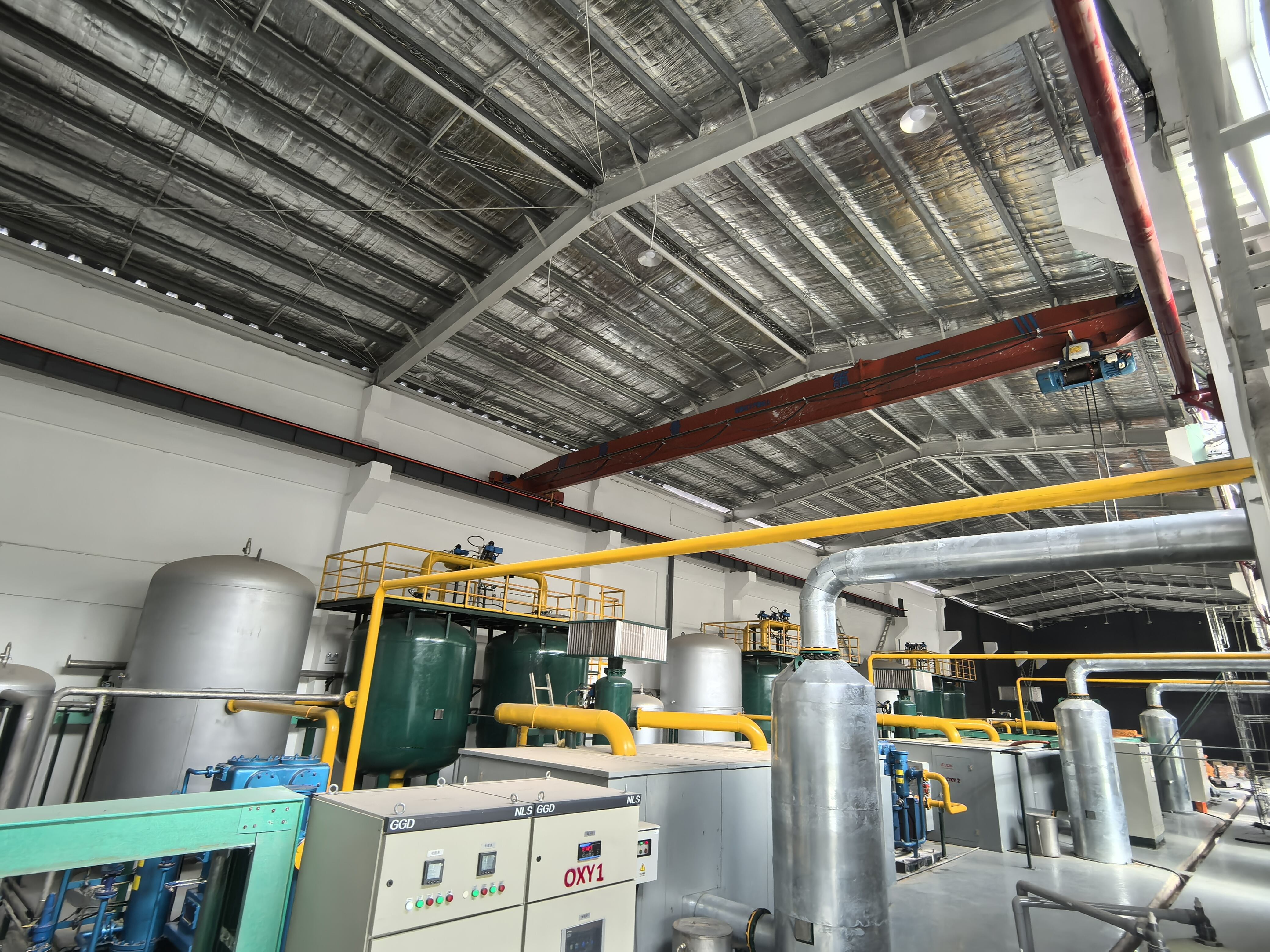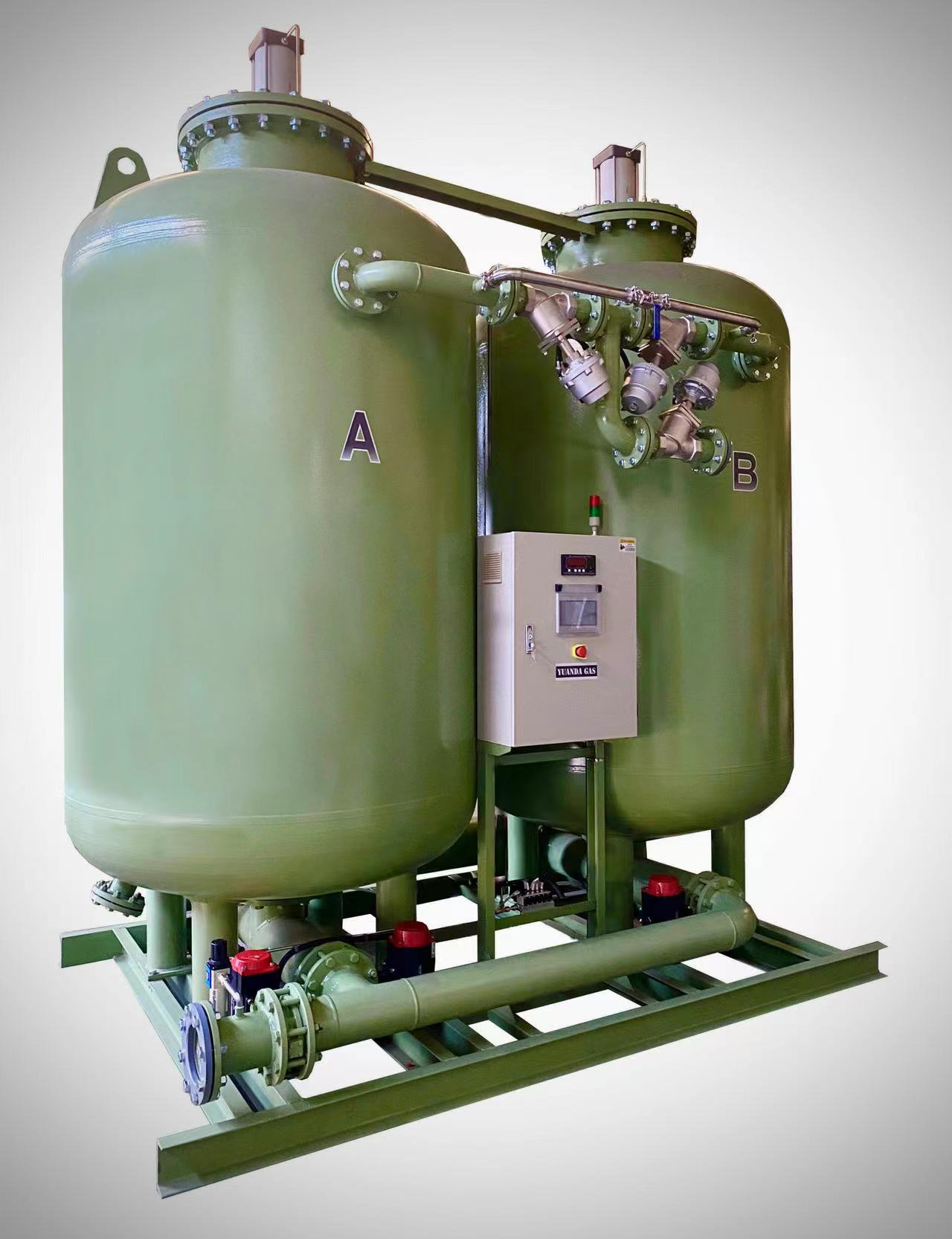വിപിഎസ് ഓക്സിജൻ പ്ലാന്റ് കോസ്റ്റ്
VPSA (Vacuum Pressure Swing Adsorption) ഓക്സിജൻ പ്ലാന്റ് ഖരച്ച ഉത്പാദന ശേഷം ഓക്സിജൻ തുല്യമായ നിർമാണ പരിഹാരങ്ങൾ ആവശ്യമുള്ള ശില്പങ്ങൾക്ക് ഒരു പ്രധാന കാര്യമാണ്. ഈ പുതിയ ടെക്നോളജി ഉയർന്ന ശുദ്ധതയുള്ള ഓക്സിജൻ നിർമാണത്തിനായി ഒരു ആരഥവാദി അപ്രോച്ച് അനുവദിക്കുന്നു. ആദ്യകാല നിവേശം സാധാരണയായി കഴിഞ്ഞ വീണ്ടും ആവശ്യമുള്ള ധാരണാ മെഡിക്കൽ ആവശ്യങ്ങളും പ്രത്യേക കോൺഫിഗറേഷനുകളും ആധാരമാക്കി $100,000 മുതൽ $1,000,000 വരെയാണ്. ഈ പ്ലാന്റുകൾ വ്യത്യസ്തമായ പ്രക്രിയകൾ സംഭാവന മുതൽ വൈക്കം സംഭാവന വരെ സംഭാവന സംബന്ധിച്ച് ഓക്സിജൻ അതിർത്തിയിൽ നിന്ന് വേർതിരിക്കുന്നു. ഈ സിസ്റ്റം പ്രത്യേക മൊളിക്യുലർ സീവ് അഡ്സോബന്റുകൾ ഉപയോഗിക്കുന്നു, അവ നൈട്രജന് തിരികെ കൈകാര്യം ചെയ്യുന്നുവെങ്കിൽ ഓക്സിജൻ കടന്നുപോകുന്നു, അതിനാൽ ഓക്സിജൻ ശുദ്ധത 95% വരെ ലഭ്യമാകുന്നു. പ്രധാന ഘടകങ്ങൾ അഡ്യാറ്റ് കമ്പ്രെസറുകൾ, മൊളിക്യുലർ സീവ് ബെഡുകൾ, വൈക്കം പംപുകൾ, എന്നിവയാണ്. പ്രവർത്തന ഖരച്ചുകളുടെ പ്രധാന കാരണം പൊവ്വർ സമ്പാദനമാണ്, അത് സാധാരണ ക്രൈഓജെനിക് സിസ്റ്റങ്ങളിൽനിന്ന് കൂടുതൽ കുറവാണ്. പരിപാലന ആവശ്യങ്ങൾ കുറച്ചതാണ്, അത് ജീവിതകാല ഖരച്ചുകളെ കുറയ്ക്കുന്നു. ഈ പ്ലാന്റിന്റെ മോഡ്യൂലർ ഡിസൈൻ വ്യത്യസ്ത ഓക്സിജൻ ആവശ്യങ്ങൾക്ക് അനുസരിച്ച് ലളിതമായി സ്കേലിംഗ് ചെയ്യാൻ കഴിയുന്നതിനാൽ, അത് സ്വാസ്ഥ്യ സൗകര്യ സ്ഥലങ്ങൾ, സ്റ്റീൽ നിർമാണം, ഗ്ലാസ് ഉത്പാദനം, അല്ലെങ്കിൽ വെറുതെ വോട്ടർ ട്രീട്മെന്റ് പ്ലാന്റുകളിൽ ഉപയോഗിക്കാൻ പ്രത്യേകമാണ്.


